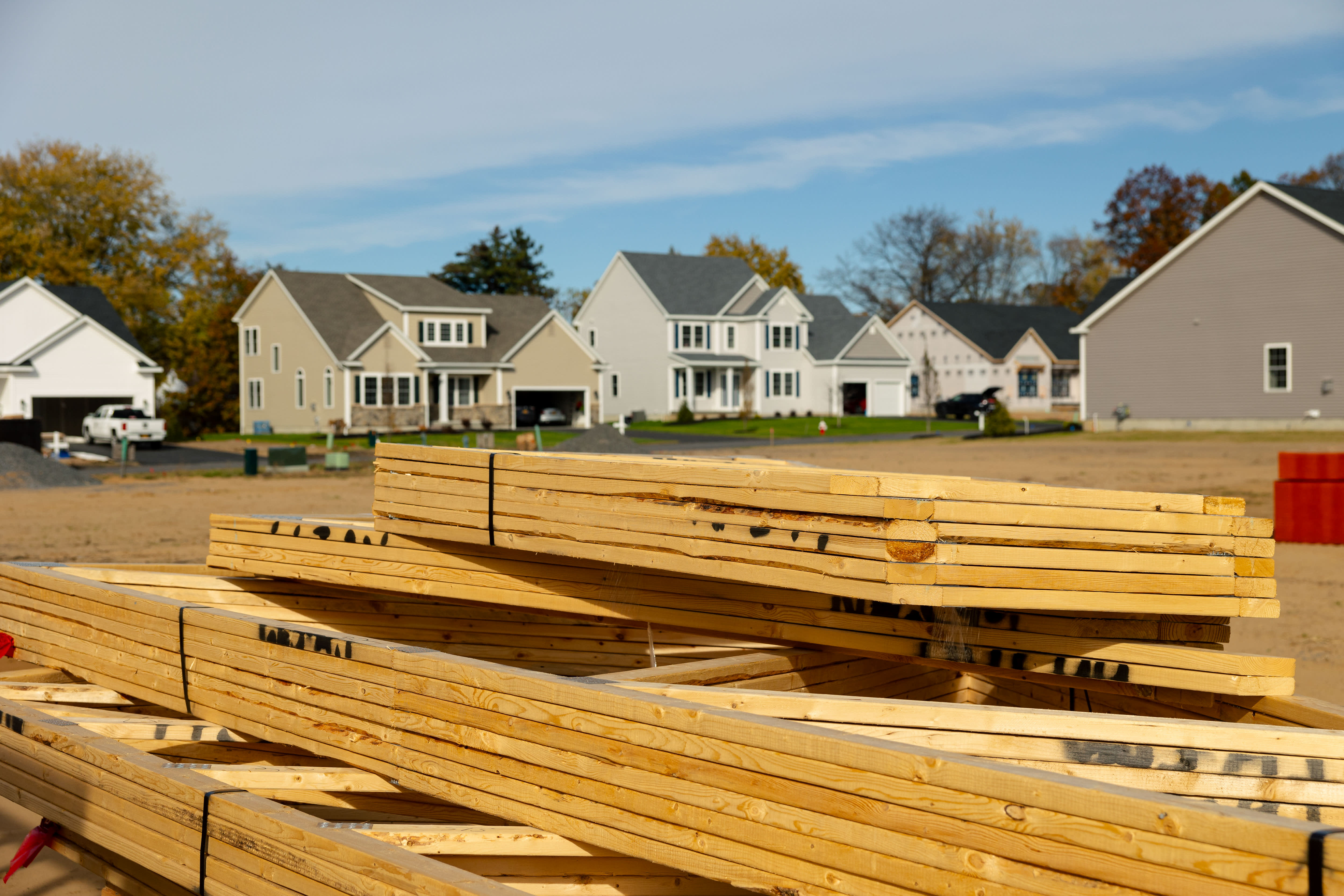The demand for newly constructed homes decreases in April due to increasing prices and interest rates.

- The decline in sales of newly built homes in April was due to an increase in prices and interest rates.
- In April 2023, the median price of a new home sold was $433,500, which was 4% higher than the same month in the previous year.
- During April, the average rate on the 30-year fixed mortgage increased from the high 6%-range to 7.5%.
The U.S. Census reported that sales of newly built homes decreased by 4.7% in April compared to March, and by a larger 7.7% from the previous year.
March sales were also revised significantly lower.
The monthly reading of mortgage sales is influenced by the current interest rates, as it reflects the number of people who signed contracts during the month.
At the end of March, the average rate on a 30-year fixed mortgage was in the high 6%-range. However, during April, the rate increased to 7.5%, negatively impacting affordability.
In April 2023, the median price of a new home sold was $433,500, a 4% increase from the previous year. The higher end of the market mix contributed to this increase, as cash buyers are less affected by mortgage rates.
Builders claim they cannot reduce prices because of high expenses for land, labor, and materials. Large-scale builders are purchasing lower mortgage rates to increase sales, but they can do so because of their size. Additionally, these builders have reported strong earnings in their recent quarters, surpassing expectations and attributing their success to the growing demand resulting from a shortage of resale properties.
Despite the optimistic outlook from major builders regarding market share, the new home sales pace in the entire industry is still below the 5-year average, according to Peter Boockvar, chief investment officer at Bleakley Financial Group and a CNBC contributor.
In Q1 2024, 38% of the national median household income was required to make mortgage payments on a median-priced new single-family home, according to a new index launched by the National Association of Home Builders and Wells Fargo. Low-income families, defined as those earning 50% of the local median income, would need to spend 77% of their earnings to pay for the same new home.
New and existing home prices are increasing due to a shortage of supply, with limited options available for sale on the lower end of the resale market. Despite a 12% increase in the number of newly-built homes year over year, these homes are priced at a premium and are unaffordable for lower-income buyers.
"The shortage of approximately 1.5 million homes nationwide is the main reason for the growing housing affordability challenges, according to Robert Dietz, NAHB's chief economist. To address this issue, policymakers at all levels of government must implement changes in policy that will enable builders to construct more homes, such as expediting permit approval times, offering resources for skilled labor training, and resolving issues with building material supply chains."
Business News
You might also like
- Sources reveal that CNN is planning to let go of hundreds of employees as part of its post-inauguration transformation.
- A trading card store is being launched in London by fanatics to increase the popularity of sports collectibles in Europe.
- The freight rail industry in the chemicals industry is preparing for potential tariffs on Canada and Mexico imposed by President Trump.
- Stellantis chairman outlines planned U.S. investments for Jeep, Ram to Trump.
- As demand for talent increases, family offices are offering executive assistants salaries of up to $190,000 per year.



















